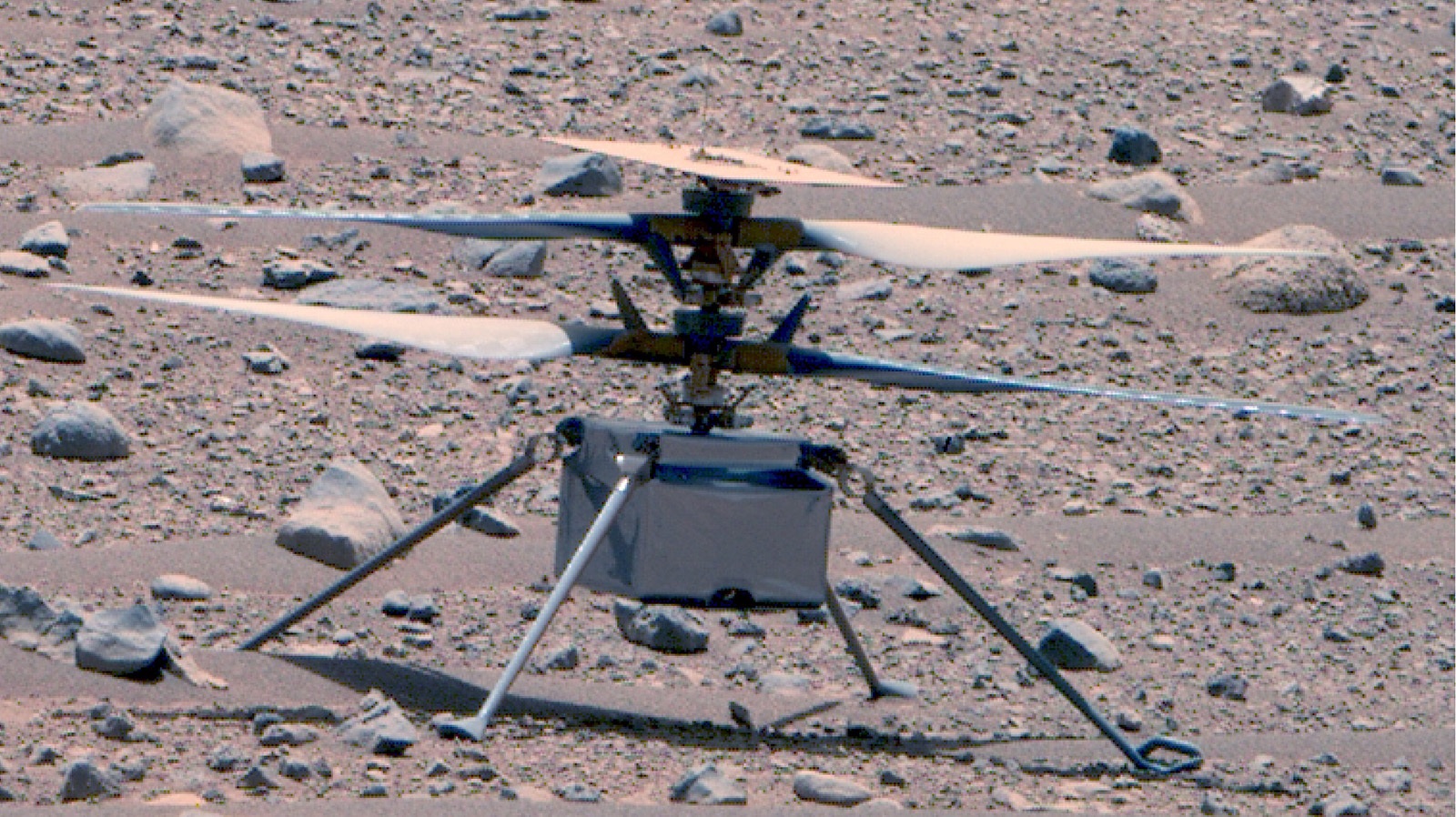Stay Up to Date
Submit your email address to receive the latest industry and Aerospace America news.
The Computer Systems Technical Committee works on advancing the application of computing to aerospace programs.
In October, NASA’s Ingenuity Mars Helicopter rose to 24 meters (about 79 feet) above the Martian surface, the highest altitude Ingenuity had reached as of November in any of its 66 flights so far. It has outlasted its design as a technology demonstrator and survived a Martian winter.
Ingenuity’s flight control and autonomous operation is enabled by a three-level fault-tolerant avionics computing stack that mixes commercial, industrial and military-grade components. A Qualcomm Snapdragon designed for smartphones runs Linux to handle visual navigation, data management and telemetry. It connects to two TI TMS570 Hercules safety processors designed for automotive applications; these transform sensor data into flight control. They connect to a ProASIC3 radiation-tolerant field- programmable gate array, or FPGA, board that talks directly to sensors and the rotor interface. NASA upgraded Ingenuity’s software in November 2022 so that the helicopter could better avoid hazards and allow flights over riskier terrain this year. In horizontal flight, elevation can rapidly decrease as the ground rises quickly to meet the helicopter.
Silicon for NASA’s High Performance Spaceflight Computing processor is in full development at Microchip Technology of Arizona. The HPSC chip is a multicore implementation of the RISC-V architecture with vector extension. Initial device samples are expected in 2024. Early this year, Microchip began shipping quarterly software development kit, or SDK, updates to lead customers and partners. The SDK includes a software emulator of the HPSC processor, a toolchain-similar to LLVM and Linux kernels. With these, customers and partners can prototype software for HPSC in advance of device samples being available. In addition, Microchip is working with system and interconnect partners in VITA-78 SpaceVPX and the Sensor Open Systems Architecture to ensure that the ecosystem of space avionics hardware is available for HPSC. HPSC is expected to be at least 100 times faster than current spacecraft computers. Furthermore, the RISC-V vector extension could enable workloads with highly parallel computation, which benefits increased spacecraft autonomy.
Despite the U.S. Congress passing the Creating Helpful Incentives to Produce Semiconductors and Science Act of 2022, Taiwan Semiconductor Manufacturing Co. chairman Mark Liu said in July that the company’s first advanced semiconductor foundry, or fab, in the U.S. would not come online until 2025, citing a shortage of skilled workers. The CHIPS and Science Act provided $52 billion in federal funding for manufacturing and research incentives. The Semiconductor Industry Association said in December 2022 that the legislation sparked upwards of $200 billion in private investments in U.S. semiconductor production. However, SIA also called attention to “the significant shortage of STEM workers facing the semiconductor sector and the entire U.S. economy” as well as access to global markets.
Constructing the fab building itself is the easy part. Installing and testing cutting-edge lithography equipment, specialized robotics, plumbing and networking in a large high-quality cleanroom environment are more difficult and require STEM workers. It is almost like assembling and testing an interplanetary spacecraft. Taiwan Semiconductor Manufacturing Co. broke ground on a fab building in Arizona in April 2021. It was expected to be operational in 2024, with a second one in 2026. Most of TSMC’s fabs are in Taiwan, less than 100 miles from the Chinese mainland. Apple’s most advanced smartphone chips are manufactured there. So are NVIDIA’s parallel processing chips that are fueling the vast bulk of the revolution in artificial intelligence. Intel broke ground on two fabs in Ohio in September 2022 but expects them to be operational in late 2025.
Stay Up to Date
Submit your email address to receive the latest industry and Aerospace America news.




